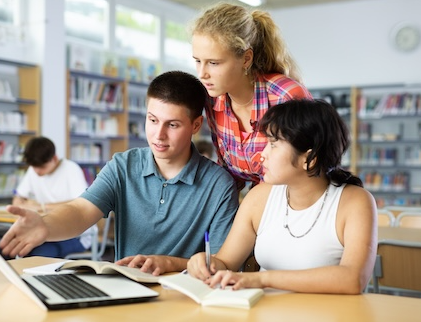Introduction
Personalized learning becomes more meaningful when it connects classroom content to the real world. By linking academic concepts to everyday experiences, careers, and current events, educators can deepen student engagement and build practical understanding. Real-world connections personalize learning by making it relevant and responsive to students’ lives, interests, and future goals.
1. Make Learning Contextual and Purposeful
Students are more motivated when they understand how their learning applies beyond the classroom. Teachers can frame lessons around real-life scenarios, such as budgeting, environmental issues, or community challenges. This approach helps students see the purpose of what they’re learning and why it matters.
2. Encourage Project-Based Learning
Project-based learning (PBL) invites students to explore real-world problems through research, collaboration, and creative problem-solving. Personalized PBL allows students to choose topics they care about and develop solutions that align with their interests. This supports critical thinking and promotes ownership of the learning process.
3. Connect with Careers and Community Roles
Bringing professionals into the classroom or arranging virtual or in-person career talks can help students explore how subjects like math, science, or writing are used in the workplace. These connections personalize learning by showing students potential career paths related to their strengths and aspirations.
4. Use Local and Global Issues
Incorporating current events or local news into lessons helps students understand the world around them. Personalized learning activities that ask students to reflect on or respond to these issues can build civic awareness and foster deeper connections with course content.
5. Include Service and Community Projects
Giving students the chance to apply their learning through community service or school-based projects brings relevance and responsibility into the classroom. Whether organizing a recycling campaign or creating awareness materials for a local cause, students build real-world skills while making a difference.
6. Promote Student Reflection and Goal Alignment
Encourage students to reflect on how what they’re learning connects to their personal goals, values, and interests. Journals, discussion prompts, or goal-setting exercises help students see the relevance of their education and inspire intrinsic motivation.
Conclusion
Real-world connections transform personalized learning into a powerful and purposeful experience. By grounding academic work in authentic contexts, educators help students find relevance, engagement, and meaning in their learning. These connections not only improve understanding but also prepare students to apply their skills in life beyond the classroom.














